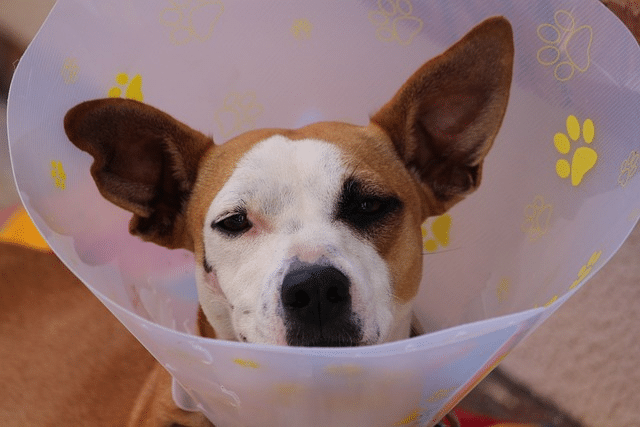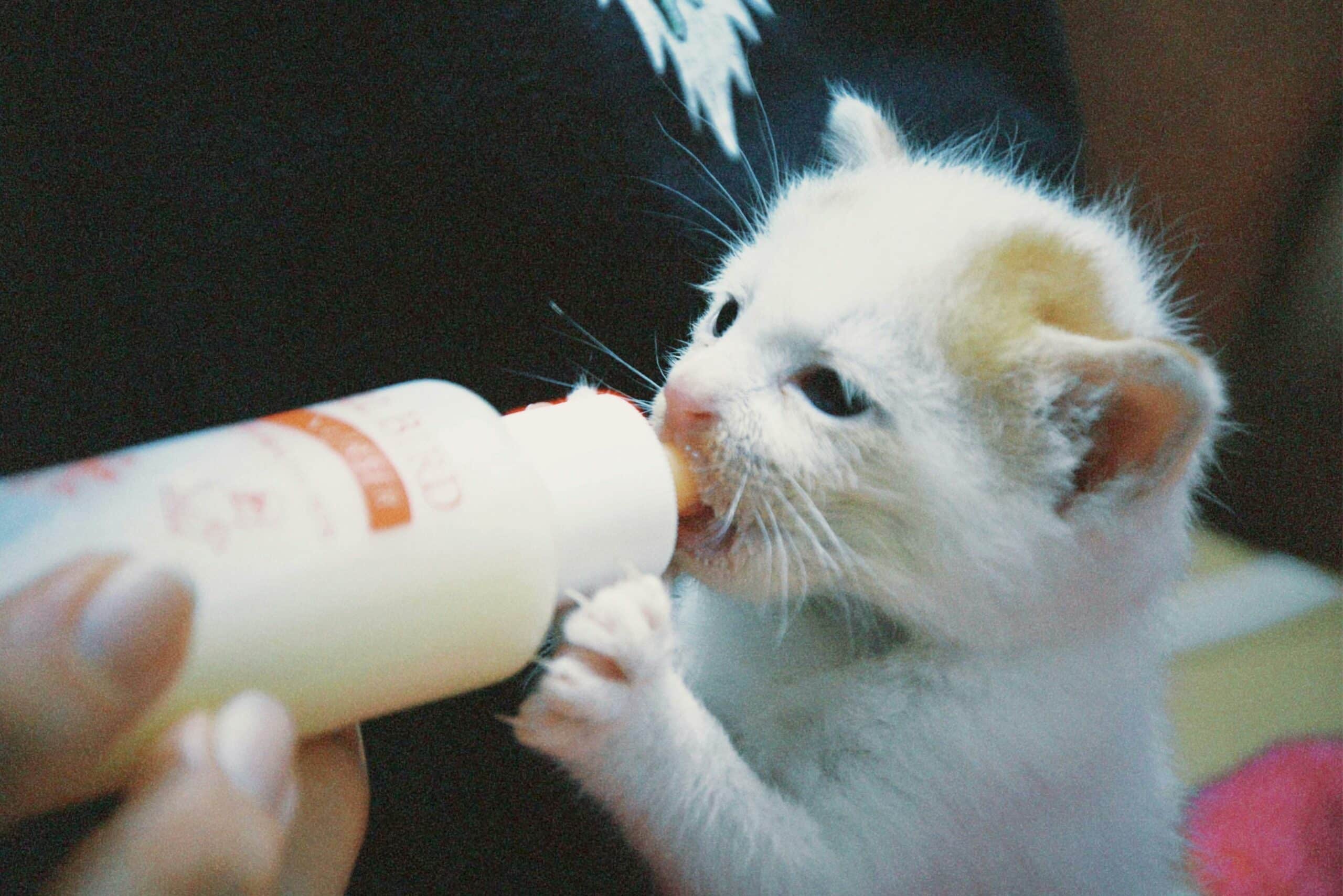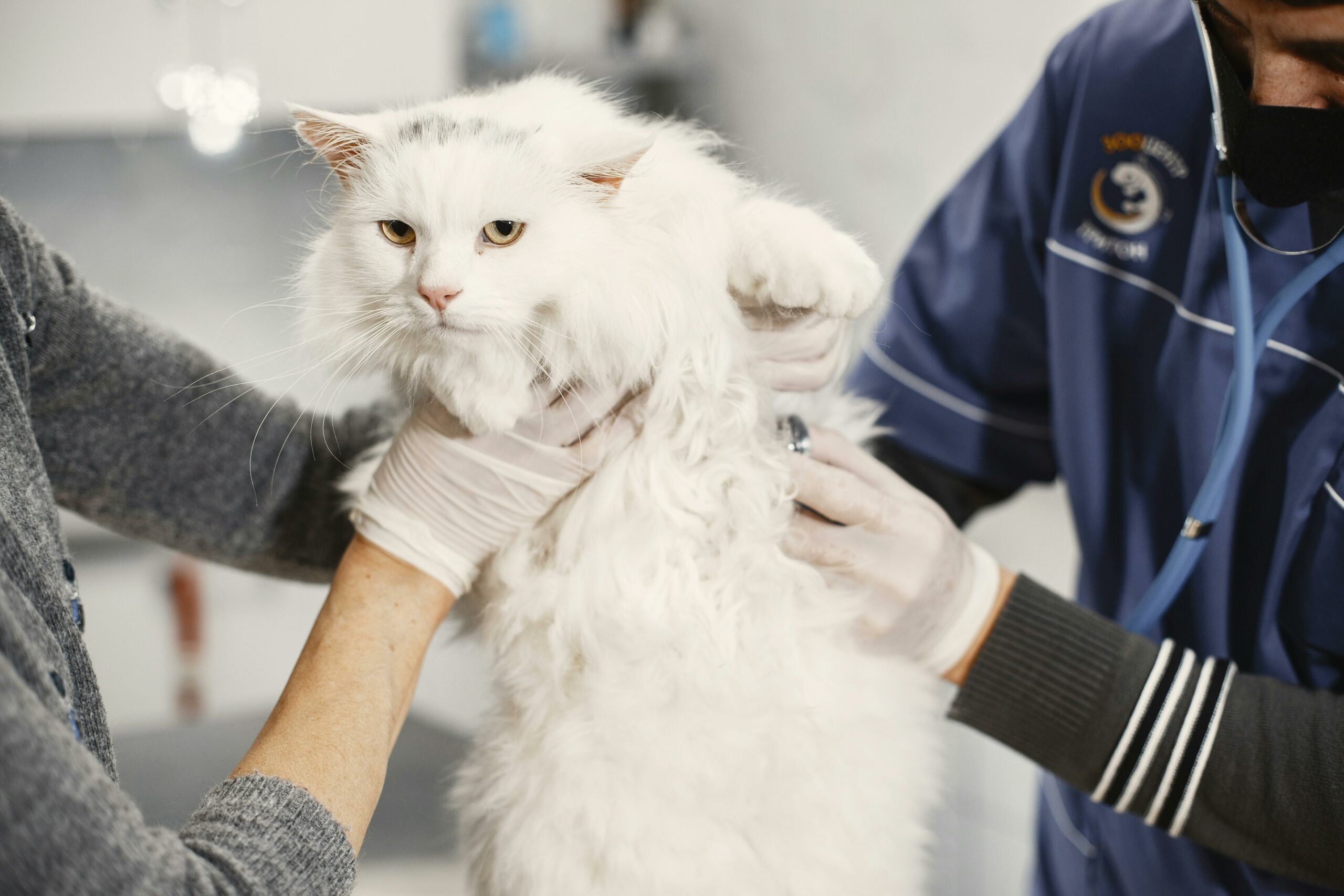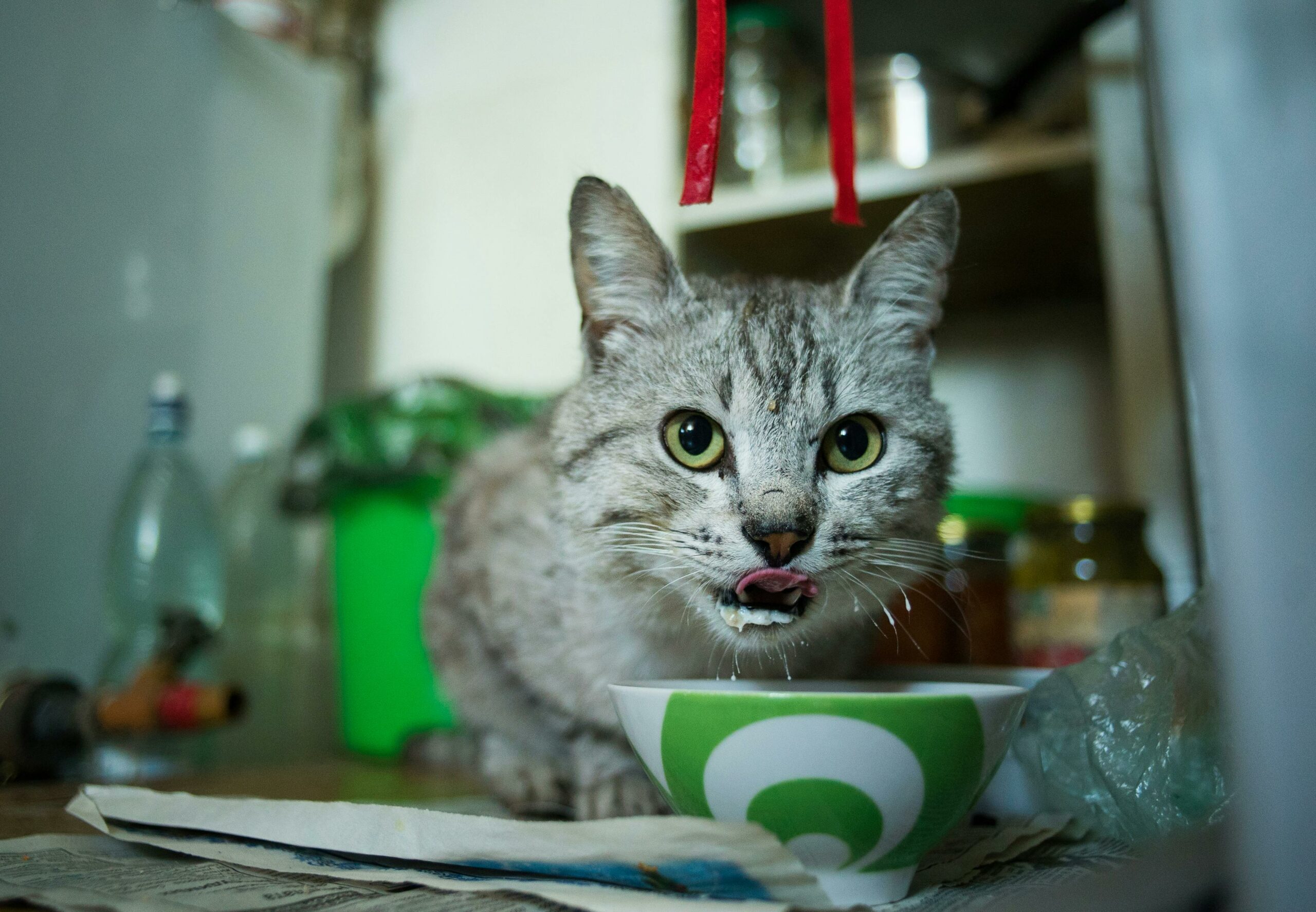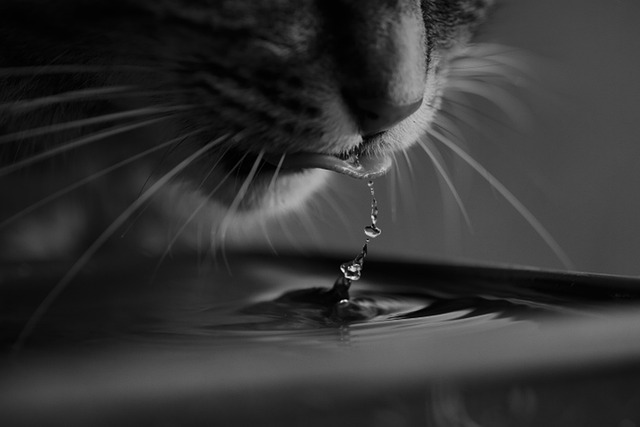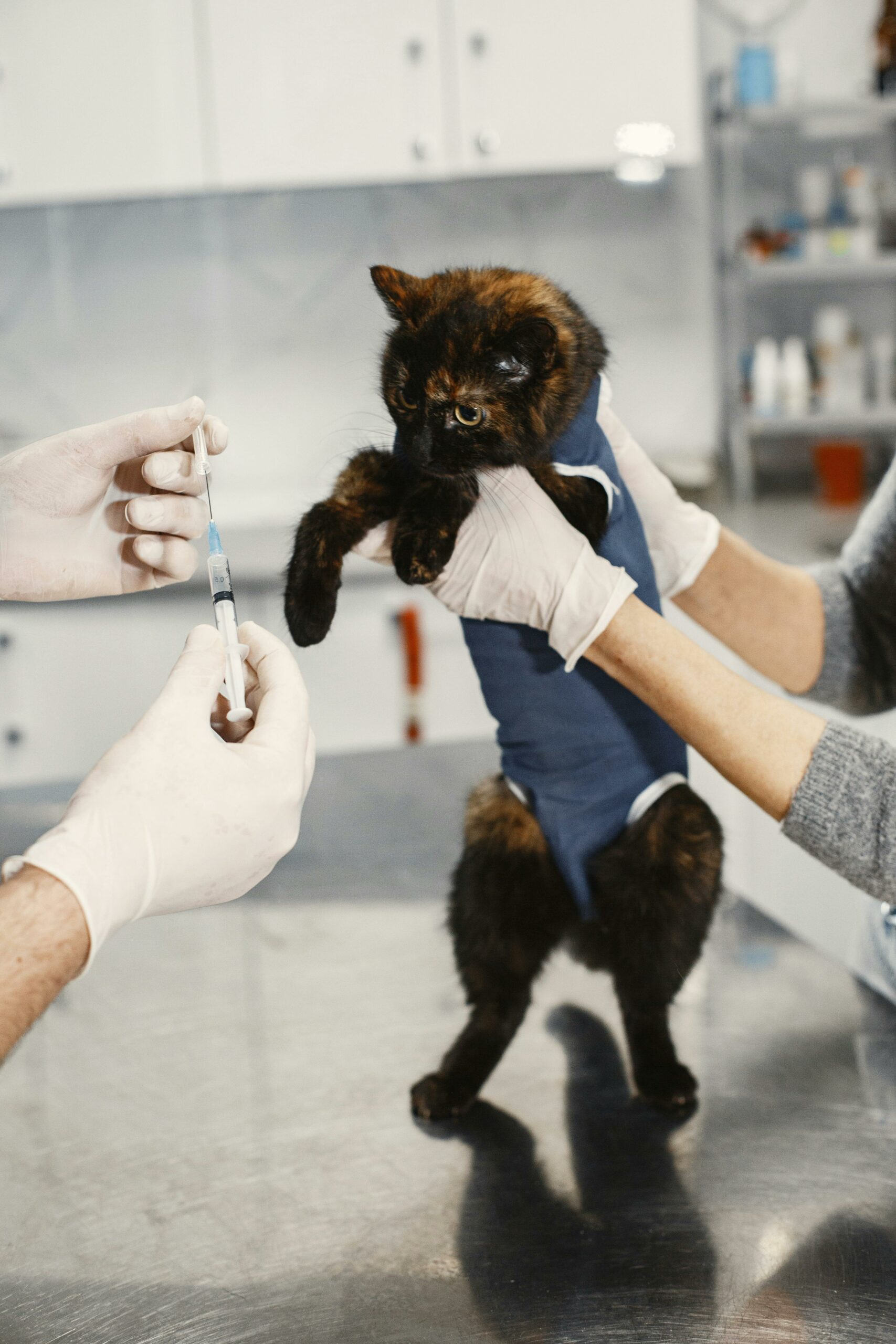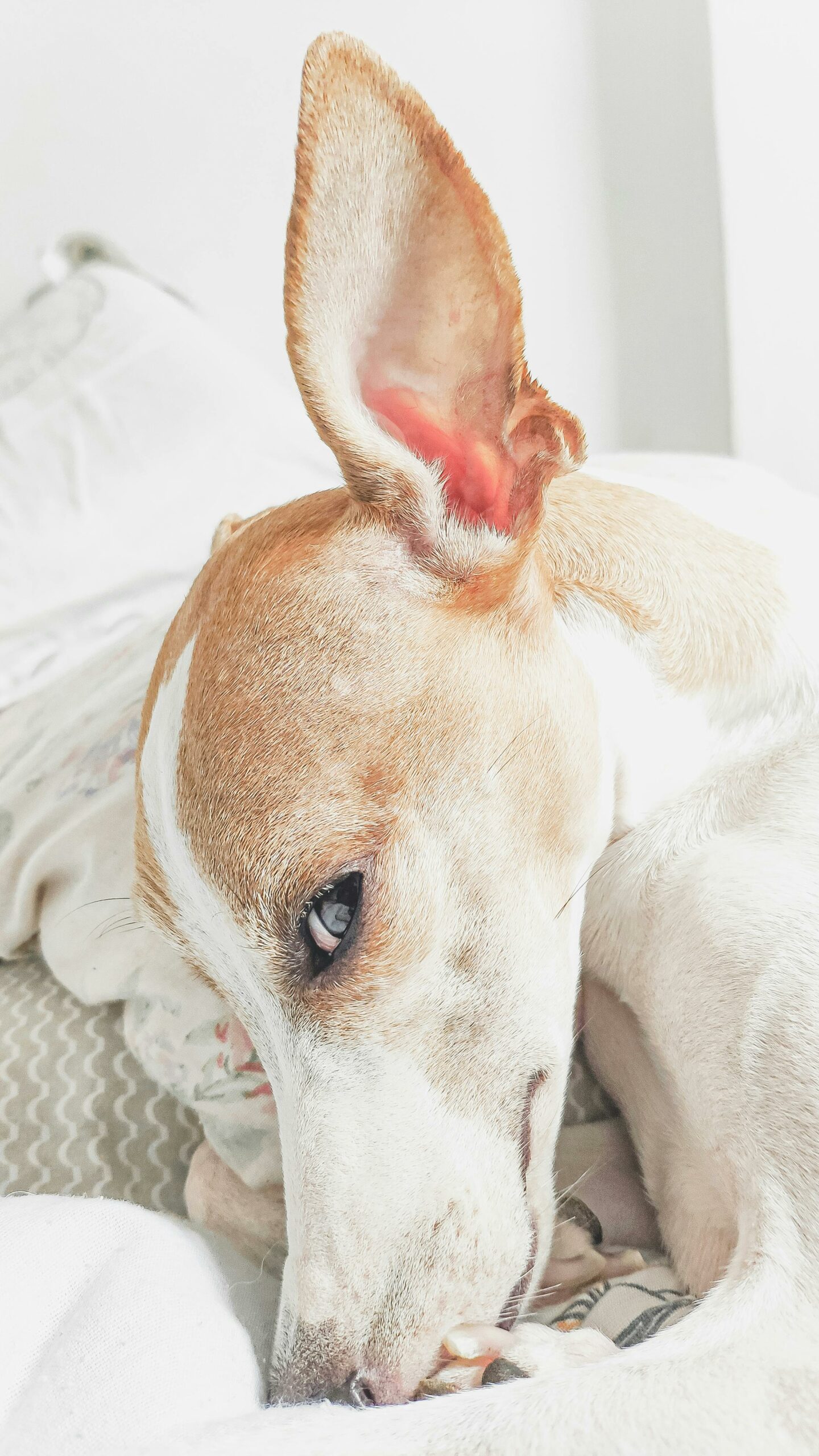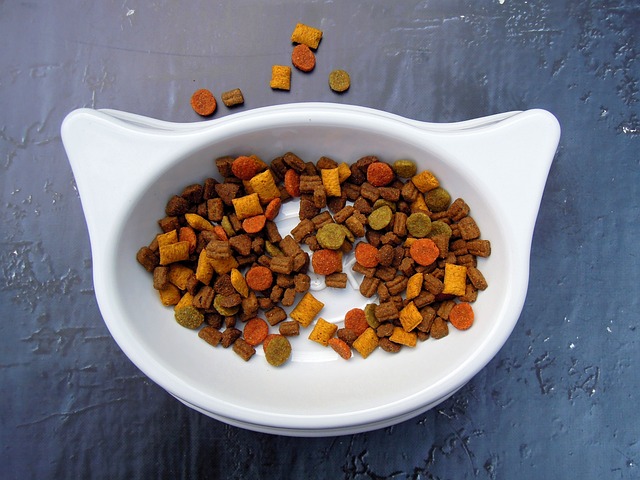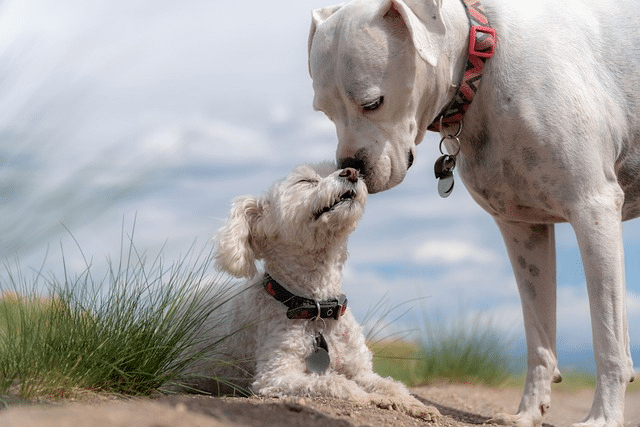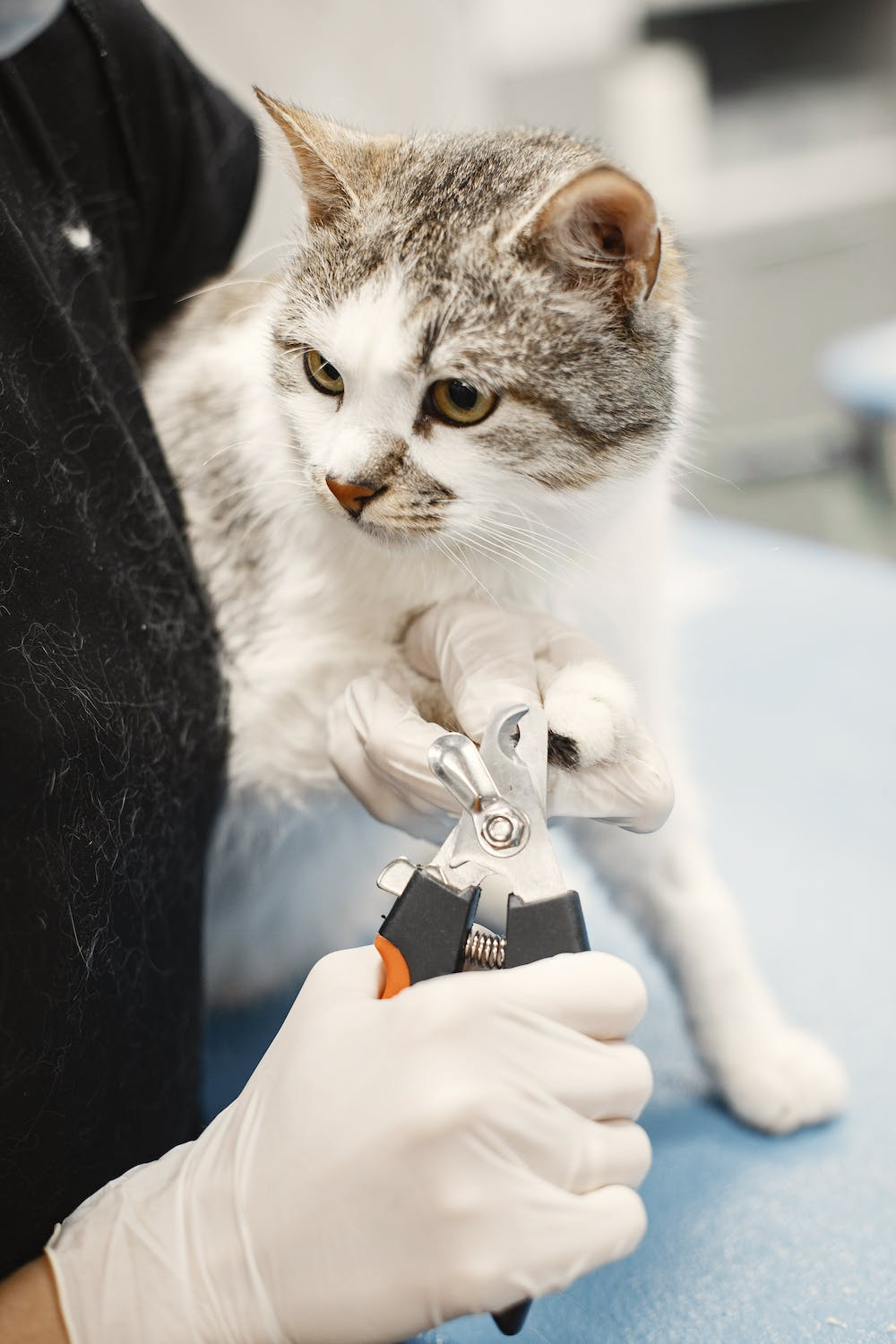If you’ve ever been around a cat in heat, you know that it can be an uncomfortable experience for both the cat and owner. But how long does a cat stay in heat?
On average, cats stay in heat for about seven days, but it can range for 2 to 19 days. During this time, your cat will display behavioral changes that are normal and natural. Let’s take a closer look at this process so you’ll know what to expect.
What is Estrus?
Estrus is the term used to describe the reproductive cycle of a female cat.
During this period, cats will exhibit certain behaviors indicating that they are in heat and ready for mating season such as yowling, rolling around on the ground, excessive grooming, and urine spraying.
If left unspayed, these behaviors will usually last between 2 to 19 days depending on the individual cat.
Understanding the Heat Cycle
The heat cycle is the period when female cats become sexually mature and able to reproduce. It occurs every one to three weeks during the spring and fall months for unspayed cats, although some cats may come into heat more or less often than others.
Cats typically enter their first estrous cycle between the average age of 4-6 months, although some cats may go into their first heat as early as 3 months old or as late as one year old. Essentially when your cat starts to reach sexual maturity. A cat’s heat cycle is more likely to return sooner if they have not mated.
Cats have a breeding season, most often in the spring and late fall and they can get pregnant during their first estrous cycle. It is not recommend for a cat to become pregnant during their first cycle due to the fact that they’re not fully developed. Unlike human females, a female cat can mate with different male cats and their kittens can have different fathers.
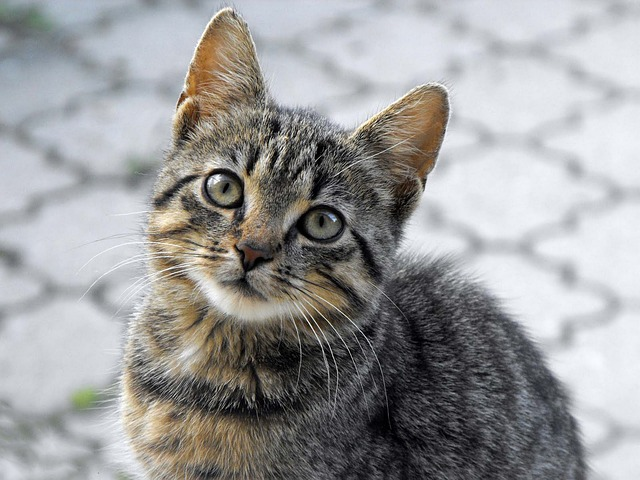
The Five Phases of The Cat Heat Cycle (Estrus Cycle)
As a cat owner, it’s important to understand the five stages of your feline friend’s heat cycle. The first stage is proestrus, where your female kitty becomes more affectionate towards you and other cats. Next comes estrus, where your cat may start to vocalize more, urinate frequently, and roll around.
This is also the stage where she is most likely to mate. After that is metestrus, where your cat’s uterus begins to prepare for pregnancy. If your cat does not become pregnant, she will enter anestrus, where her hormones start to return to normal.
Finally, your cat will enter postestrus, where she will stop exhibiting the behaviors associated with the heat cycle. By understanding the several stages, you can help ensure the health and happiness of your furry companion.
Proestrus Phase
During the proestrus stage, there aren’t many signs yet. Female cats are attracted to other cats, but not ready to mate.
The proestrus phase is a key stage in the feline reproductive cycle. During this phase, female cats experience a surge hormone production that prepares their bodies for mating and pregnancy. This is a time when cats may exhibit noticeable changes in behavior and physical appearance, such as increased vocalization or restlessness.
As a pet owner, it’s important to be aware of these changes and ensure that your cat is comfortable and safe during this time. While the proestrus phase may only last a few days, it’s a critical period that sets the stage for successful feline reproduction.
Understanding your cat’s reproductive cycle can help you provide the care and attention that she needs to stay healthy and happy throughout her life.
- Length: 1 to 2 Days
Estrus Phase
The estrus period is otherwise known as the heat stage. This is when a female cat is ready to mate with a male cat. The main specific signs of the estrus phase are what most cat owners see as behavioral issues.
Your cat may vocalize loudly, roll on the floor, elevate their rear end, show increased affection, and maybe an appetite decrease. Most vets say that a cat in heat seems like they’re in pain, but it’s important to stay calm. These signs are normal.
As cat owners, it’s important to be aware of the estrus phase of a cat heat. This is when a female cat’s body becomes sexually receptive and ready to mate. They will attract male cats during this stage.
Additionally, physical signs can include a swollen or reddened vulva, increased urination, and a strong odor. If you don’t plan to breed your cat, it’s recommended to have her spayed to prevent unwanted litters and potential health issues.
While the estrus phase can be challenging for both cats and their owners, understanding and proper care can make the process smoother for everyone involved.
- Length: 2 to 19 Days (Average is Seven days)
Interestrus
The Interestrus phase is the time between estrus cycles, when the female cat isn’t bred. This phase will then go back it the proestrus phase if you have gotten your cat spayed.
- Length: 2 to 3 weeks
Metestrus (Diestrus Phase)
During a cat’s heat cycle, there are several phases that bring unique changes to their body. One of these phases is the metestrus phase, otherwise known as the diestrus phase.
During this time, the cat’s body is preparing for either pregnancy or the next cycle. Although they may show a decrease in sexual behavior, their reproductive organs are still active and undergoing changes.
It’s important to note that during this phase, cats may still show signs of interest from male cats, so it’s crucial to keep them separated if you don’t want kittens.
As a pet owner, it’s essential to understand and take note of the different phases to better care for your furry friend.
- Length: 30 to 40 days
- Cat Pregnancy Length: 60 to 64 days
Anestrus Phase
Like most mammals, cats have a reproductive cycle that is divided into different phases. Amongst these is the anestrus phase, which is often referred to as the “resting phase” of a cat’s heat cycle.
During this period, hormone levels decrease significantly, and the cat will no longer become sexually receptive. It is also when the cat’s reproductive organs take a break and undergo regeneration.
Although this phase may seem like a time of inactivity, it is crucial in preparing the cat’s body for the next phase of its reproductive cycle.
- Length: 2 to 3 Months
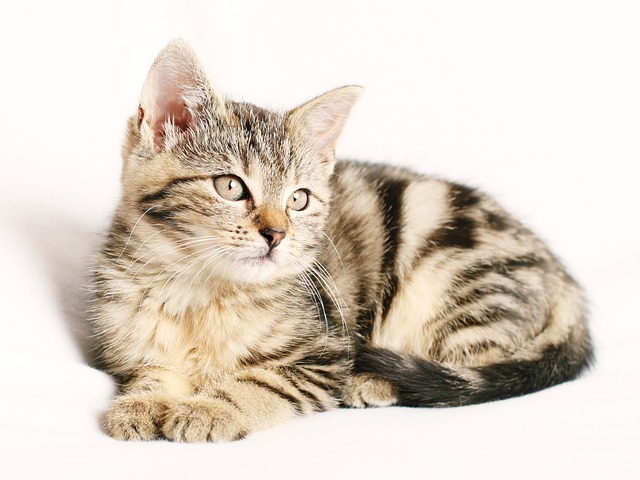
When Do Cats Go Into Heat?
Cats typically enter their heat cycles during late spring and early summer months when there are longer periods of daylight available.
However, some cats may enter into their heat cycles more than once per year while others may only go into heat seasonally or sporadically throughout the year.
It all depends on the individual animal and their circumstances; some cats may not experience a heat cycle at all if they are spayed or neutered early enough in life.
How Can I Tell if My Cat is in Heat?
As mentioned above, there are certain behaviors that indicate that a cat is in estrus such as yowling, rolling around on the ground, excessive grooming and urine spraying.
These behaviors usually only last for about four days but can go as long as 19 days depending on the individual cat so keep an eye out for any changes in your pet’s behavior during this time!
Additionally, if you notice your cat has become more affectionate or is showing signs of increased aggression (such as swatting or biting) then she could be entering her heat cycle soon so it may be wise to keep an eye out for any other changes in her behavior just to be sure!
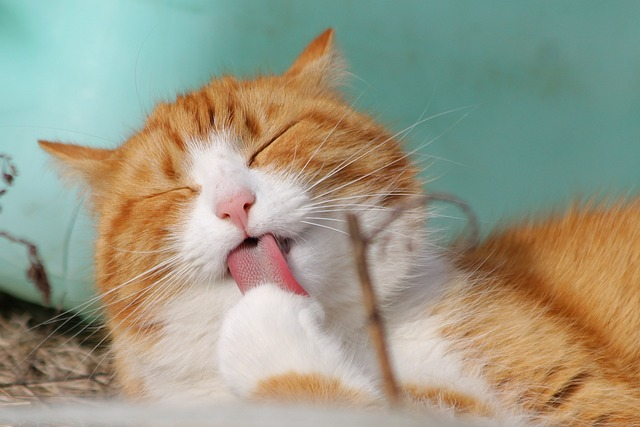
How to Care For a Cat in Heat
Cats, like all animals, go through different stages in their life. One particularly challenging stage for female cats is when they are in heat.
This period can be tough both on the cat and on their owner. One of the most important things that you can do as a conscientious owner is to provide your indoor cats with the care they need.
This includes ensuring that they get plenty of rest, lots of attention, and a healthy diet. Additionally, you may need to take extra steps to protect your furniture and carpeting, as cats in heat can become particularly territorial and destructive.
You may want to use a warm towel or synthetic cat pheromones to comfort your indoor cat during their heat cycle.
While it may take some extra effort, tending to your cat during this time is an essential part of ensuring that they stay healthy, happy, and comfortable.
When Should You Get Your Cat Spayed
One of the most important decisions you’ll make as a cat parent is when to get your feline spayed. This procedure involves surgically removing your cat’s reproductive organs to prevent her from getting pregnant.
While some may think that cats must reach a certain age or weight to be spayed, many experts recommend getting them fixed as early as 4 to 6 months old. This is because cats can become sexually active as early as 4 months old and can reproduce as much as three times a year!
By getting your cat spayed, you not only prevent unwanted pregnancies, but you also lower her risk of reproductive cancers and eliminate the undesirable behaviors that come with being in heat.
If you’re unsure when to schedule your cat’s spay appointment, consult with your veterinarian to determine the best course of action for your furry friend.
Sirus Veterinary Clinic
If you’re concerned about your feline friend and your located in Otsego, Minnesota considering bring your female cat in for a visit. We understand that heat cycles can be stressful for both you and your pet.
With the care and support we can offer, you’ll get through the cycle with ease. Consider spaying your feline friend before the estrus cycle begins.
With Sirus Veterinary Clinic, we can for not only female cats, but you as the parent. Schedule an appointment today to get the peace of mind you need!
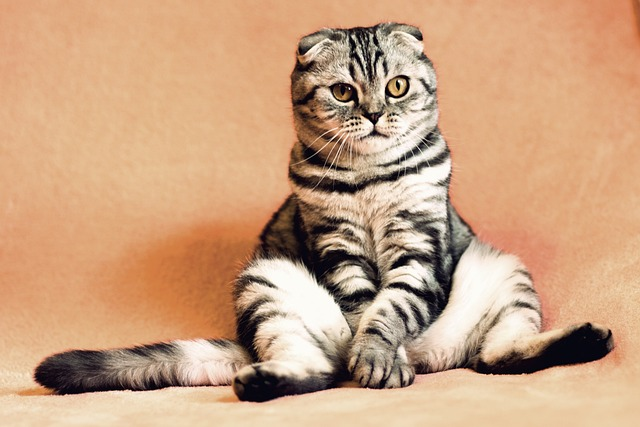
Conclusion
When your cat enters her first heat cycle, it can be confusing and even stressful for both you and your pet—but understanding how long it lasts can help ease your anxiety about the situation.
Though each cat is different and may exhibit slightly different behaviors during her heat cycle, typically it lasts between 2 to 19 days before subsiding on its own without any medical intervention required from you or your veterinarian.
Knowing what signs to watch out for—increased vocalization, restlessness, marking behavior—can help you recognize when your pet is entering her next cycle so that you can provide comfort and reassurance until it passes.

